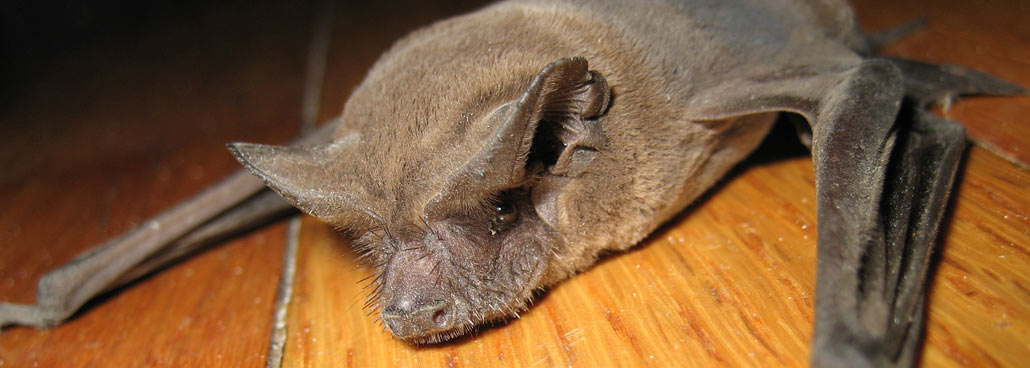- USA Wildlife Removal Education Guide - Biology of Mexican Free tail Bat
Biology of Mexican Free tail Bat

Learn about How To Get Rid of Bats with my how-to guide.
They typically choose to roosts near water. Not only does The water attract the insects they prefer to eat, it also supplies them with ample drinking water. Mexican free/tails live all through the western US/United States, down south through all of Mexico, Central America and into parts of South America. Like many of their cousins, Free-tail bats eat huge amounts of mosquitoes, moths, plus other insects. A single roost can contain millions of bats, allowing the colony to consume an estimated two hundred and fifty tons of insects every night. It’s natural predators are creatures like Snakes, cats, raccoons, and owls, among others. If they manage to gain right to use to the roosts they watch in anticipation of a baby falling to giving them a chance for a hearty snack. This bat’s lifespan can be up to 18 years. The densest concentration of free-tailed bats in the world is currently found living in the Bracken Cave outside of San Antonio, Texas.
It is believed there are over 20,000,000 bats in the colony there. Females join together in maternity colonies, or cloisters in late spring. In the summer months a female will give birth to a single free-tail baby/bat. Unlike most bats, Young Mexican free-tailed bats roost disjointedly beginning their mothers. The females put their young in the uppermost reaches of the cave, where hotness stay the warmest. These warm conditions stimulate rapid increment, and help assure survival of the pups. These maternity colonies are huge, and each mother must locate her own pup in the middle of the thousands roosting above. Researchers believe that each finds their own baby by be familiar with its unique call.
If you need help, we service the entire USA! Click here for a wildlife removal specialist in your town!
Go back to the main Bat Removal page for more information about Biology of Mexican Free tail Bat.

